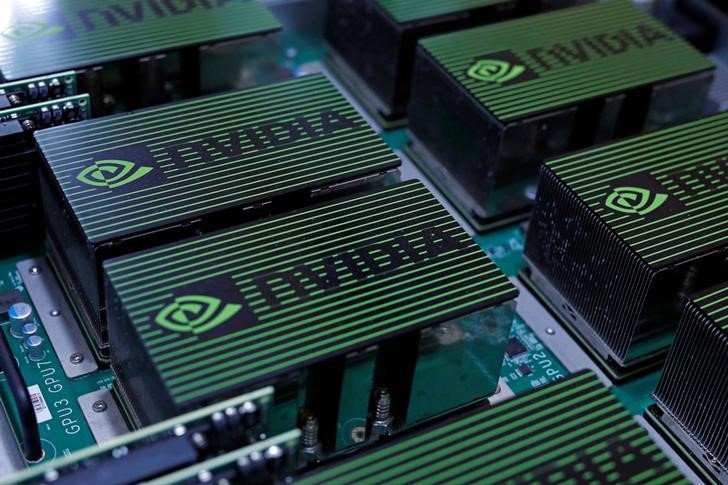By Nora Eckert
DETROIT (Reuters) – A majority of workers at a Ford Motor (NYSE:F) joint-venture battery plant in Kentucky have signed cards indicating their support for the United Auto Workers, the union said on Wednesday.
The Blue Oval SK plant is owned by a partnership of South Korea’s SK On and Ford, and is the latest electric vehicle-related battleground for the union as it seeks to grow its membership.
The UAW earlier this year invested $40 million to organize non-union automakers across the United States, a push that included companies such as Tesla (NASDAQ:TSLA) and Toyota (NYSE:TM).
The UAW said a “supermajority” of workers at the Ford Kentucky battery plant had signed union cards indicating their support. It did not specify the percentage.
Battery plants owned by Ford and General Motors (NYSE:GM) have been in UAW President Shawn Fain’s sights since he led a six-week strike against the Detroit Three last autumn, and demanded workers at EV-related plants be union members as well as those at existing gasoline-engine plants.
At the time, Ford CEO Jim Farley said Fain was “holding the deal hostage over battery plants.”
Representatives for Ford and Blue Oval SK did not respond to requests for comment.
Fain has said unionizing these battery and EV manufacturing centers will be critical to the UAW’s future success, especially as its ranks dwindle.
The union previously notched victories with Ultium Cells, a joint venture between GM and LG Energy Solution at plants in Ohio and Tennessee. In June, the union reached a tentative contract at an Ohio GM battery plant, and in September, GM agreed to recognize the union at an Ultium plant in Tennessee.
If the process continues at Ford’s Kentucky battery hub, workers will hold a formal vote on whether to join the union.
A UAW win would mean starting pay for workers there will increase from $21 an hour to $26.32, the union said, with the potential to make over $42 an hour after three years, in line with the current contract with Ford.










